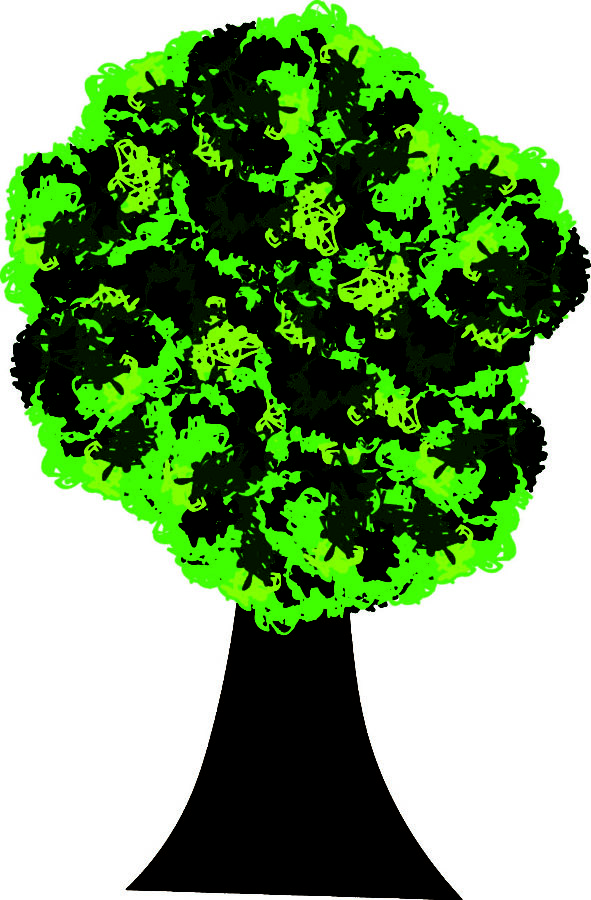Fire suppression reduces oak population
The oak trees that once dominated the eastern half of the United States have decreased steadily since the western expansion of English settlers. Gregory Nowacki, regional ecologist for the United States Forest Service, visited the University of Wisconsin-Platteville on Thursday, March 30 for an hour long seminar to talk about his experiences and his research that he has completed. Nowacki is originally from Wisconsin and earned his undergraduate degree at UW-Stevens Point. After earning his master’s degree in forestry and natural resources from UW-Stevens Point, Nowacki enrolled at Penn State University to pursue his doctorate in forestry. During his time of study in the 1980’s, Nowacki was earning his education when fire suppression was viewed in a positive light.
According to Nowacki, “Smokey Bear Syndrome” was problematic for the oak tree population. Oak trees are a species built to last through fires and need fire to clear the other species from taking control around them. The “Smokey Bear Syndrome” is the result of mesophication, the lack of natural fires being allowed to burn. Oak trees have thick bark to defend from the heat as well as sprout aggressively to grow into a stage that won’t be easily susceptible to burning down. When the “Smokey Bear Syndrome” was in effect, the absence of fire allowed for the canopy to enclose. This enclosure led to shaded understories and limited grass and shrub growth beneath.
In farming areas like southwestern Wisconsin, an area once heavily influenced by wildfires and tall grass prairies, fire suppression has completely changed from the original oak savannah landscape.
“Corn and soybean fields don’t burn,” Nowacki said.
In the absence of oaks, sugar maples and red maples now dominate numerous eastern forests. Much of Nowacki’s presentation focused on how this has affected the areas of Illinois and Pennsylvania. In order to restore the oak population in these areas, controlled burns and thinning treatments are what need to be completed. Unfortunately, one burn isn’t going to be enough. Nowacki believes that three burns will be enough but a fourth burn would be recommended to rid the forests of all of the mesophytic trees. These burns will have to be completed every few years to allow time for the growth of the understory. One example that Nowacki gave that was successful was at Mark Twain National Forest. At this national forest, thinning occurred regularly and five burns were conducted over a 15-year span. These burns allowed the canopy to be reopened, limited leaf litter and increased high-light conditions.
“I never knew maples were problem to our forests around here. The coolest thing I learned was that one fire won’t be enough. You need to thin and do repeated fires over the course of years,” sophomore computer science major Justin Mulrooney said after the presentation concluded.
In the end, it was said that oak is a fire-dependent species and will need human interaction to help fix the problem that settlers created over 200 years ago. The support is currently not as high as Nowacki would like but he feels that progress will be made in the near future.




